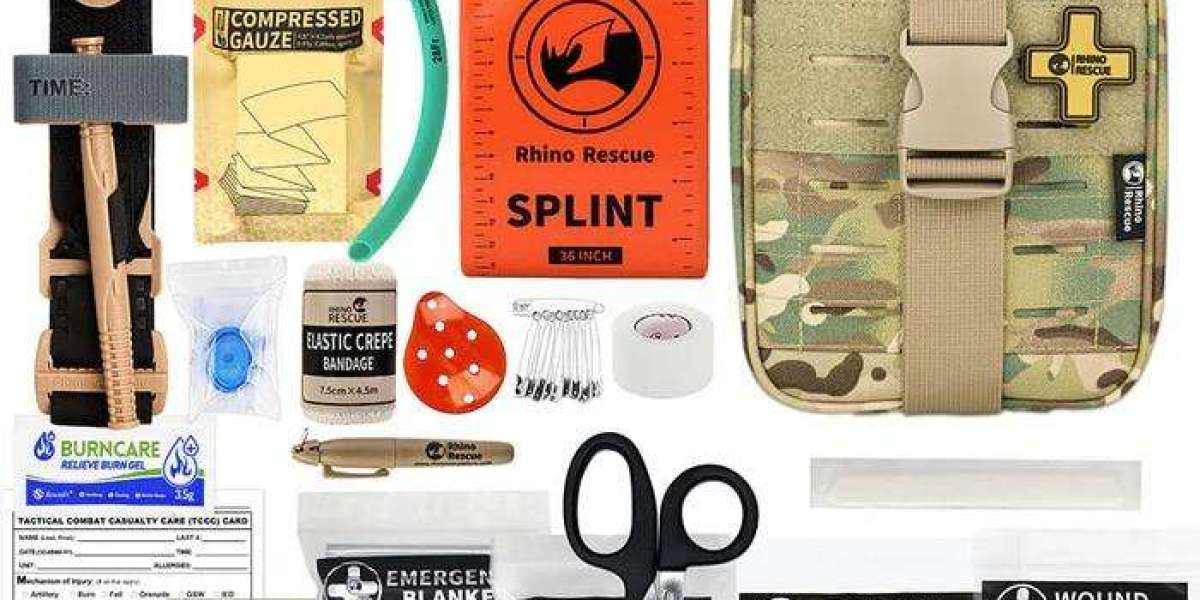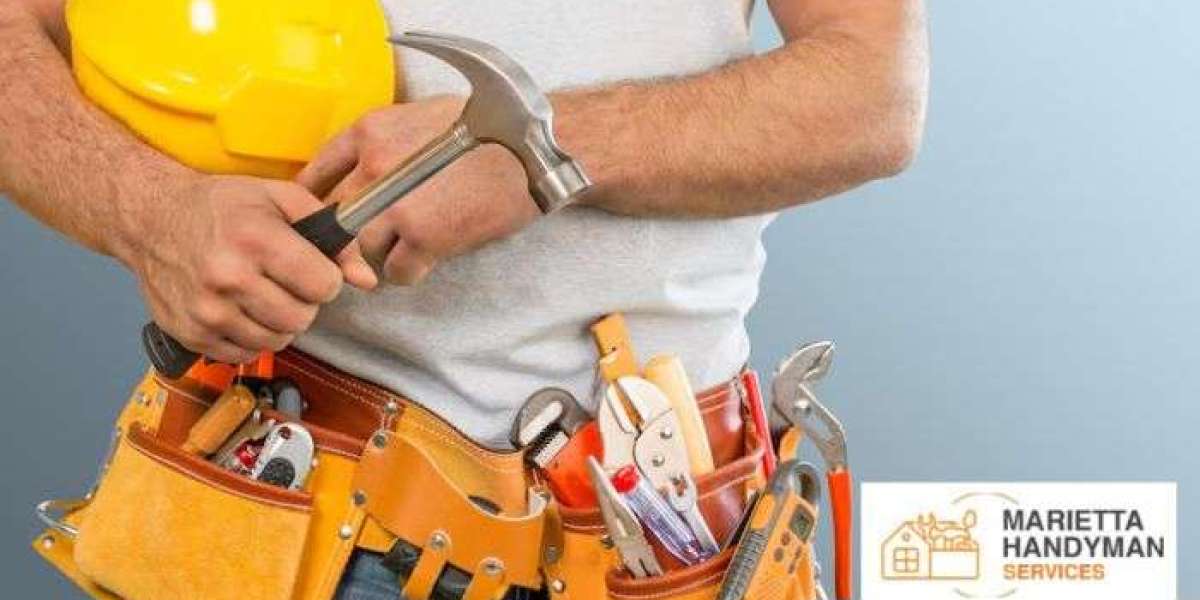Building a customized tactical medical kit tailored to your specific needs is an essential step for anyone involved in high-risk professions or outdoor activities. While pre-made kits, such as the IFAK (Individual First Aid Kit) trauma kits from TriPeak Medic, offer a convenient, comprehensive solution, constructing your own kit allows you to handpick supplies that best suit your anticipated environment, level of training, and possible emergency situations.
In this guide, we’ll walk through the essential supplies to include in a tactical medical kit and offer advice on organizing and maintaining your kit to be ready when you need it most.
1. Bleeding Control Essentials
Uncontrolled bleeding is one of the leading causes of preventable death in traumatic injuries. Including effective bleeding control tools in your kit is paramount. Here are the essentials:
- Tourniquet: A high-quality tourniquet can be a lifesaver in the event of severe limb bleeding. Look for one that can be applied with one hand, allowing for self-application if needed. Tourniquets are indispensable in high-risk environments, particularly in combat or outdoor settings.
- Hemostatic Gauze: Impregnated with agents that accelerate clotting, hemostatic gauze is essential for packing deep wounds that a tourniquet can't address. In severe injuries, it can help slow blood loss until further medical help arrives.
- Pressure Dressing: Adding a pressure dressing or an elastic bandage to your kit allows you to apply pressure to wounds, helping control bleeding in cases where a tourniquet isn’t suitable.
TriPeak Medic’s IFAK trauma kits include these items, making them a good reference for essential bleeding control tools in any tactical medical kit.
2. Airway Management Supplies
Maintaining a clear airway is critical in emergencies involving head, neck, or chest injuries. Essential airway management tools for a Tactical Medical Supplies kit include:
- Nasopharyngeal Airway (NPA): This flexible tube can be inserted through the nose to maintain an open airway, especially useful for unconscious individuals or those with facial trauma. Make sure to include a lubricant with the NPA to facilitate insertion.
- Chest Seals: Chest seals are vital for treating open chest wounds, such as those caused by gunshots or stab wounds. They prevent air from entering the chest cavity, reducing the risk of a collapsed lung. Chest seals should be durable, easy to apply, and effective in adverse conditions.
Both the NPA and chest seals are standard in pre-assembled kits like TriPeak Medic’s IFAK, and they’re essential if you anticipate situations where airway management might be required.
3. Wound Care and Infection Prevention
Proper wound management prevents infection and supports faster healing. Essential items for wound care include:
- Sterile Gauze Pads and Bandages: These items protect wounds from contaminants and help control minor bleeding. Multi-purpose, sterile bandages can be used to dress various types of wounds, making them a versatile addition.
- Antiseptic Wipes: These wipes allow you to clean the wound area, reducing the risk of infection before applying bandages or dressings. Infection prevention is critical in outdoor and high-dust environments.
- Medical Tape: Medical tape secures gauze and bandages in place and can be useful for creating improvised splints. Opt for a waterproof, durable tape that will hold up in various conditions.
These items are included in many tactical kits and can be tailored to the quantity and type of wound care supplies you feel are necessary based on your activity level and environment.
4. Fracture Stabilization and Immobilization
In rugged terrain or active environments, fractures and sprains are a risk. Including items to stabilize injuries will help reduce further harm and pain until advanced care is available.
- Splint (e.g., SAM Splint): This flexible, moldable splint can immobilize limbs and support fractures or sprains. Lightweight and compact, splints are especially helpful in outdoor environments.
- Elastic Bandages: These versatile bandages provide support to sprains or help secure splints in place. They’re also useful for compression in bleeding control.
Having these items ensures that you can manage fractures, stabilize joints, and offer relief in situations where movement could exacerbate the injury.
5. Personal Protective Equipment (PPE)
Protecting yourself from infection or contamination while providing first aid is essential. Equip your kit with basic PPE:
- Nitrile Gloves: Disposable nitrile gloves protect against body fluids and contamination. They are more resistant to punctures and chemicals than latex, making them ideal for tactical settings.
- CPR Mask: A CPR mask with a one-way valve enables you to perform mouth-to-mouth resuscitation safely, minimizing the risk of cross-contamination.
These supplies not only protect the responder but also reduce the risk of infection for the patient.
6. Additional Tools for Convenience and Preparedness
Certain tools and accessories make your tactical medical kit more functional and adaptable to different situations:
- Trauma Shears: Trauma shears allow you to quickly cut through clothing, gear, or bandages. Opt for shears with a blunt tip to prevent injury when cutting near the skin.
- Sharpie Marker: A Sharpie can be used to mark the time on a tourniquet, which is crucial for tracking application time in cases of severe blood loss.
- Flashlight: A small, reliable flashlight is useful for low-light situations, helping you assess injuries or locate supplies in dark conditions.
The IFAK trauma kits from TriPeak Medic are well-equipped with these tools, serving as a reference point for building out a comprehensive tactical kit.
7. Container and Organization Tips
After selecting your supplies, the next step is organizing them effectively. Here are some tips:
- Compact and Durable Case: Choose a case that is compact, durable, and weather-resistant. Molle-compatible pouches can be easily attached to belts or bags, making them ideal for quick access.
- Modular Organization: Use labeled compartments or zip-lock bags to group similar items (e.g., bleeding control, airway management) for faster retrieval during emergencies. Organized kits save time and reduce the likelihood of overlooking crucial items.
- Regular Maintenance: Check your kit regularly to ensure all supplies are intact, clean, and within expiration dates. Replace any used or expired items to keep your kit fully functional.
Final Thoughts
Building your own tactical medical kit allows for personalization and adaptability, giving you the freedom to choose supplies that match your specific needs. Whether you're in the military, law enforcement, or an outdoor enthusiast, a well-prepared tactical medical kit can be a life-saving asset in emergencies. TriPeak Medic’s pre-made IFAK trauma kits provide a comprehensive example of essential supplies, serving as a useful guide if you’re assembling your own kit from scratch. With the right tools and organization, you can be prepared for high-risk situations and offer effective first aid until professional medical help arrives.



